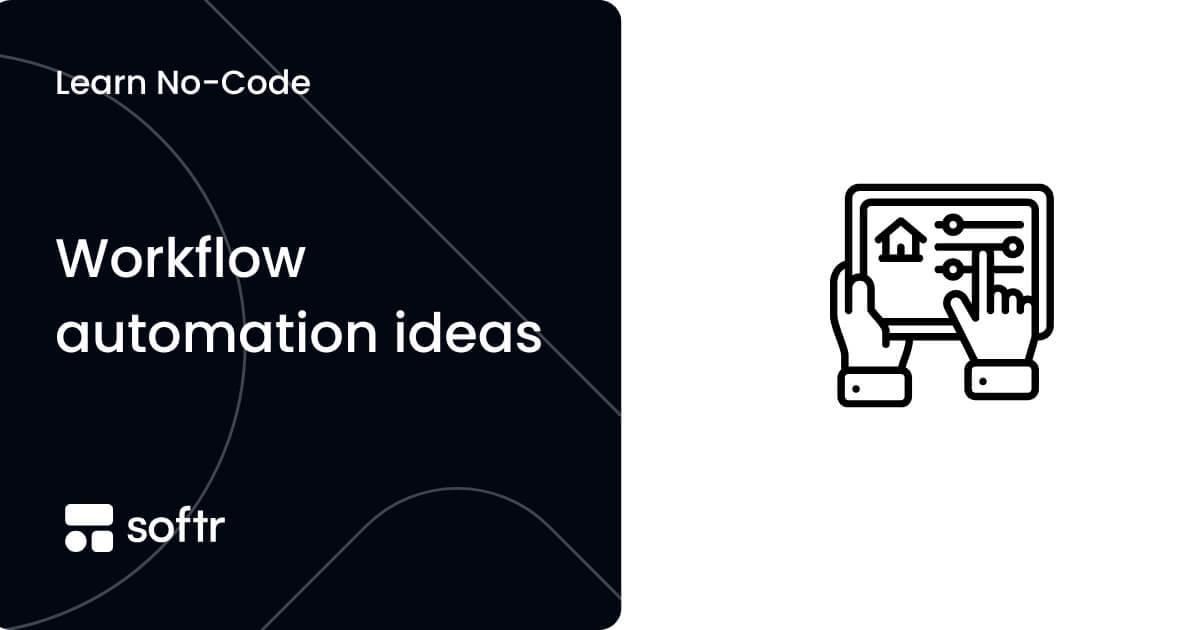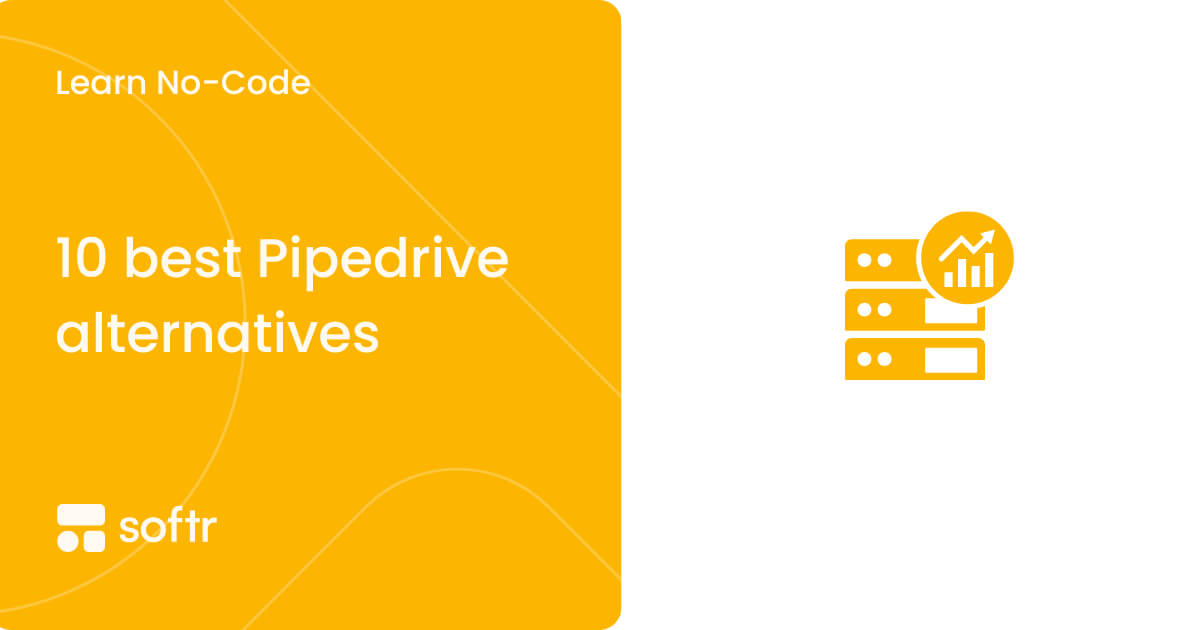The ultimate guide to Airtable automation

Over the last few years, business process automation has been on everyone’s mind.
The benefits of automation have been well-documented, from its impact on productivity and output, all the way to employee happiness and satisfaction. When dealing with a tool as powerful as Airtable, it’s only natural to explore how to supercharge your base and reduce manual efforts as much as possible.
For business owners, freelancers, and everyone looking to make the most out of Airtable, things can get a bit intimidating at first: Where to start, what tools to use, and how to organize automation efforts?
In this article, we will go over the various ways you can introduce elements of automation to Airtable and will provide some practical examples you can start implementing today.
How to automate Airtable: Planning your strategy
Before jumping into the practicalities of how to automate your Airtable base, you want to cover your bases and set out a strategy. First, by identifying areas of automation in your current operations, and second, by making sure you’re implementing some best practices throughout the process.
One of the biggest pitfalls of automation is the belief that everything can or should be automated. The reality is that a lot of tasks are not worth automating. In order to make sure you’re prioritizing your efforts properly, you need to identify areas that are
- Time-consuming;
- Repetitive;
- Heavily manual;
- Reliant on technology.
While these might seem obvious, they are important to keep in mind when picking tasks to automate. Create or “human” tasks like writing blog articles, conducting sales demos, or meeting with partners, for example, are not good candidates. On the other hand, data entry, copying and pasting info, or sending reminders are easy, repetitive tasks that eat away your schedule and should be considered for automation.
Take the schedule of a salesperson, and consider the number of "automatable" tasks that are involved:

Once you’ve identified tasks that fit your automation criteria, make sure to remember these 4 best practices:
- Start small: It can get overwhelming, we know. Start with small tasks and build your automation processes from there.
- Be realistic: We would love to tell you that you can run your business on auto-pilot, but going overboard will be detrimental to you down the line. Remember to stay human when it’s needed.
- Involve your team: Your team members know best what tasks take the time and energy and should be automated. Make sure they’re involved in the process!
- Test, test, test: Finally, make sure to test your automations! Spoiler alert: it won’t be perfect right away and will take some iterating.
Ready? Now let’s look at the automation solutions out there for your Airtable.
Airtable workflow automation: What are your options?
Historically, automation was only available for technical teams and developers, by leveraging APIs. However, if you want to automate your Airtable base without having to become a coding wiz or paying a hefty price, here are three alternative methods to start automating.
1. Native Airtable automation features

Airtable Automations are a native feature allowing users to introduce automated processes directly into their bases. Selecting these options comes with its own pros and cons:
- Pros
- Native feature: No need to add another tool to your tech stack
- Cons
- Limited: The feature could prove limited for advanced use cases with niche tools
- Price: Can become quite expensive if you require a high number of runs every month
2. Process automation platform (Zapier, Integromat)

Dedicated process automation solutions such as Integromat or Zapier are specifically designed to connect apps and automate workflows.
- Pros
- Easy to use: Most of these solutions are user-friendly and feature visual editors and logic, allowing everyone to set up automations in minutes
- Templates: With hundreds of existing integrations, automation tools allow you to plug-and-play the services you use
- Cons
- Price: Cost can quickly add up for request-heavy automations
- Technical: Although most of these platforms and low-code, some advanced automations will require some technical
3. Automation features in your tech stack

With the rise of automation these past few years, more and more software solutions have started introducing native automation features. From CRMs automatically syncing with email software, to productivity platforms sending notifications, tools in your tech stack might already have automation options you can leverage.
- Pros
- Familiarity: No need to introduce a third-party tool if they can already sync with your Airtable.
- Compartmentalization: Keeping automated processes in each tool can be a good way to avoid centralizing everything - whether for safety or practical reasons.
- Cons
- Cumbersome: Handling automated processes in many different tools might be annoying to manage.
- Error-prone: Managing 3 or more different automations on the same Airtable base, from different tools, could cause issues.
Regardless of your favored method, we recommend trying out each option to figure out what works best for you. Best results are often found when mixing and matching solutions and workflows.
Now, how about we take a look at some examples of practical automated workflows!
10 examples of Airtable Automation you can implement today
In this section, we’ve gathered 10 examples of powerful Airtable automations ideas. Check them out and find inspiration to create your own!
1. Airtable email automation

Emails are arguably one of the most time-consuming areas of our daily lives. As a matter of fact, a 2018 study found that US workers spend an average of 3.1 hours a day on work email, plus 2.5 hours per weekday on personal email.
Automation can be great leverage, by automatically sorting out emails filtered by recipients for example, and sending it to an Airtable base for future reference. Another Airtable application could be an automated email notification every time a collaborator updates a specific field.
2. Content Calendar automation

Creating content is a time-consuming activity that requires top-notch organizational skills to manage the various stakeholders involved in the process: SEO experts, writers, editors, translators, etc…
Successful Airtable automation would be to automatically trigger a notification at each stage of the process, so the relevant team member knows when it’s their turn to work on the document.
3. CRM Records automation

Customer Relationship Management (CRM) solutions are a notorious time-stealer for sales and marketing teams, requiring hours upon hours of work every week. If you’ve ever worked with salespeople, you already know that accurate data entry is a major challenge in itself.
This is a perfect use case for automation. Airtable data can be automatically pushed to your CRM to ensure timeliness and accuracy, saving your team the painful task of mindlessly copying and pasting information.
4. Feature request form automation

Product and technical teams often require feedback from your customer base to better understand its wants and needs. But gathering data in one place can prove difficult, and hard to digest afterward.
By connecting your Airtable base to a form solution, you’re able to automatically forward, sort, and filter answers. Better yet, you can create a dedicated web interface using Softr, collecting feedback from external users in a neatly-designed client portal, linked with your Airtable base in the background.
5. Accounting automation

While finance and accounting teams generally use dedicated solutions, they’re also often responsible for reporting and transparently communicating on the company's financial health.
Syncing Airtable with your accounting suite can forward the relevant (and non-sensitive) information to a dashboard, which you can create using Softr frontend solution.
6. Digital asset management automation

As you grow and start handling an increasingly important amount of documents, images, and files, you need to implement a robust digital asset management solution.
Automation can facilitate the upload and organization process. For example, files added to a specific drive or sent to an email address can be automatically forwarded to an Airtable base, that will serve as a repository and backup for all your assets.
7. Social Media ads automation

Every digital marketer will tell you that handling ads becomes a massive challenge as a budget grows. As copies, designs, CTAs, and other elements are tested and iterated upon, they must be tracked in a solid system.
A thorough spreadsheet supercharged with automation elements to automatically add fields and reports will be a game-changer.
8. Marketing planning automation

Following on from the previous example, general marketing distribution efforts can also greatly benefit from automation.
From generating custom UTM parameters to tracking campaigns success, a lot of info can be automatically imported from your marketing tool stack to Airtable using automation, saving you time in data entry and allowing you to focus on creating better, more effective campaigns.
9. Freelancers Project Management automation

For agencies or companies leveraging external help, managing freelancers is a key topic that often requires a lot of time and energy. Not only does using a spreadsheet make sense to list everything and keep track of everyone’s work, but Airtable’s permission features can help take it to the next level.
Using Softr, companies can create a client portal on top of their freelancer management Airtable, providing an attractive interface and compartmentalizing data so freelancers have only access to the data they should see. Add automation on top of it, and a painstaking task is now (almost) a breeze.
10. Bugs and tickets automation

Finally, automation can also be used to help technical teams be on top of their work. Bugs and tickets can automatically be added to an Airtable base, and even notify the appropriate stakeholder by email or using their favorite messaging platform, such as Slack or Microsoft Teams.
Conclusion
Automation is a great way to take your Airtable bases to the next level. While Airtable native automation features can have their limits, we’ve seen that you have several options to pick from, whether it’s a dedicated automation solution or leveraging your existing tech stack.
Using Softr, you can then create powerful web apps that sit on top of your Airtable data and automations. To learn more, check out our blog and join us in our user community!








